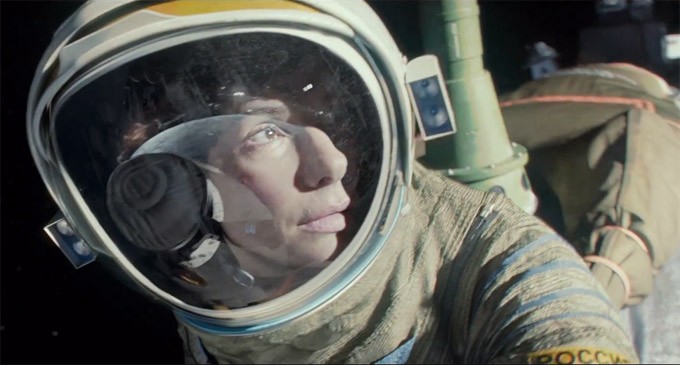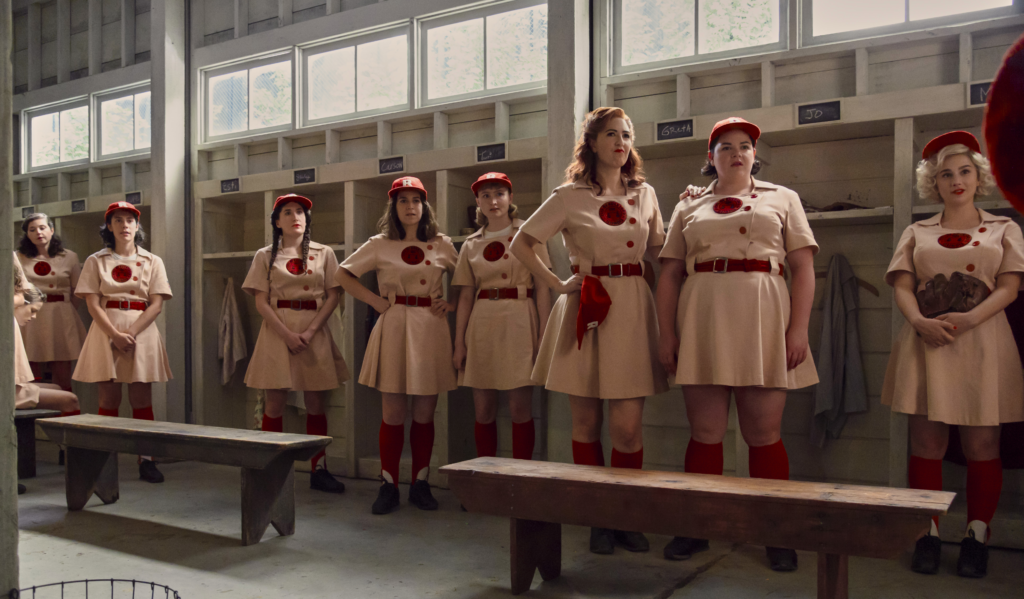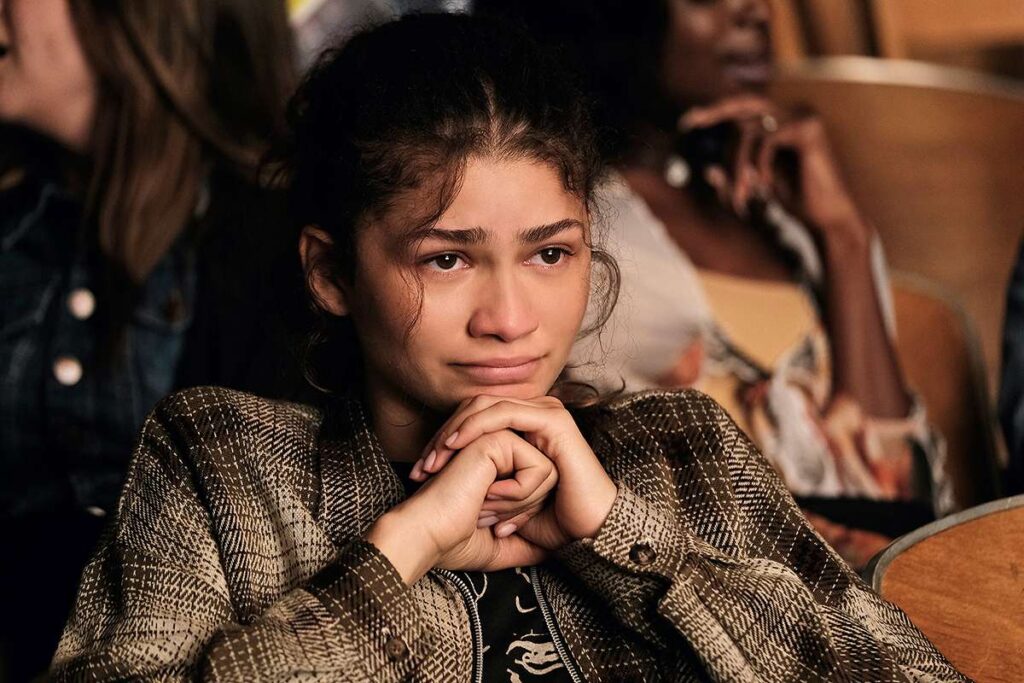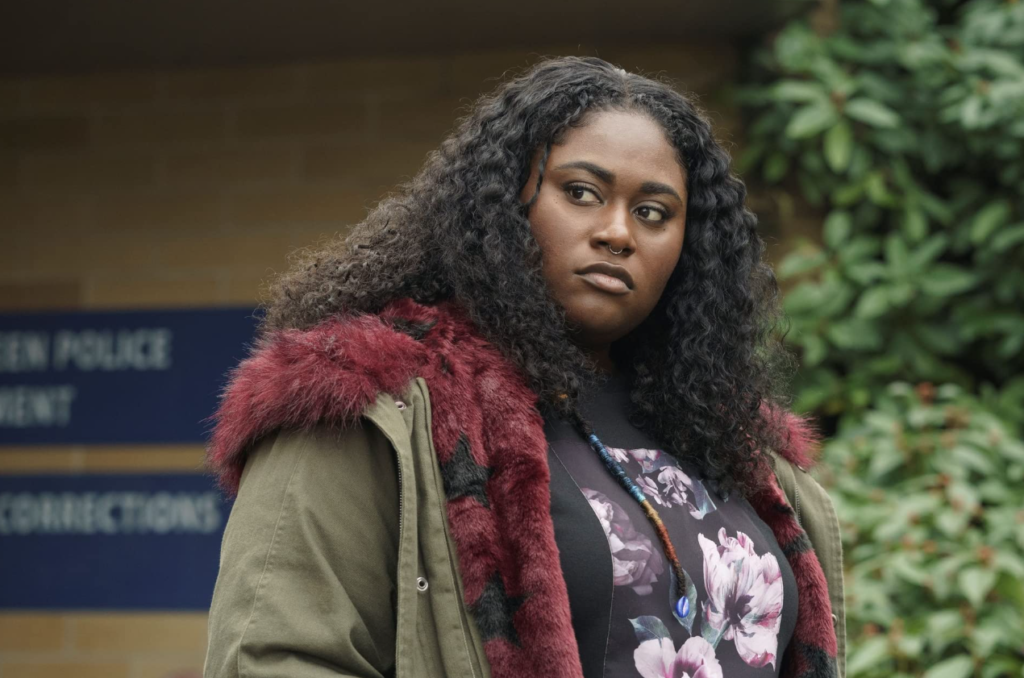Pop Quiz: When is a lead actress not the center of her film?
If you guessed “when she’s in Hollywood,” you’d be right.
The New York TImes published a study of the “screen time gap” today between actors and actresses nominated by the Oscars, and the results are pretty infuriating.
The gist? Even when an actress is the lead in her film, as Judi Dench is in Philomena or Sandra Bullock in Gravity, they appear on screen for a lot less than their male counterparts. As film critic Kevin B. Lee reports in the Times,
This year’s lead actors average 85 minutes on screen, but lead actresses average only 57 minutes. (When you add in supporting categories, all competing actors averaged 59 minutes, while all competing actresses averaged 42 minutes.) Last year’s results were even more imbalanced: nominated male stars averaged 100 minutes on screen to the lead actresses’ 49 minutes.
The difference between the 85 minutes actors got and 57 minutes that actresses did means that lead male nominees received 150% of the screentime that their female counterparts did. And the difference between male acting nominees’ overall 59 minutes to female nominees’ overall 42 minutes means that male actors were on screen for 140% of the time that women were.
In his post, Lee quotes critic David Bordwell’s explanation of this screen-time gap: “Male stars are typically the protagonists in action or goal-oriented narratives that require the viewer to follow the story through the lead’s experiences. Female stars are more typically cast in melodramas that require the lead to serve as a hub connecting different characters and subplots.”
That may explain what’s behind the gap, but it doesn’t address why women don’t get hired for the “action or goal-oriented narratives that require the viewer to follow the story through the lead’s experiences” — exactly the kind of plot-driving female protagonists we need more of in the movies.
We don’t have anything against ensemble movies, but the reduction in screen time for women protagonists suggests that studio filmmaking, which is overrepresented by the Oscars, still has a huge fucking problem with showing female characters who have wants and thoughts and experiences of their own — and who aren’t basically there to provide a pair of boobs to satiate the straight male gaze or to tell the male hero, “Please don’t go and do that brave thing!”
And that’s apparently the case even when the woman is the whole bloody point of the movie.
How is this still a thing in 2014?







